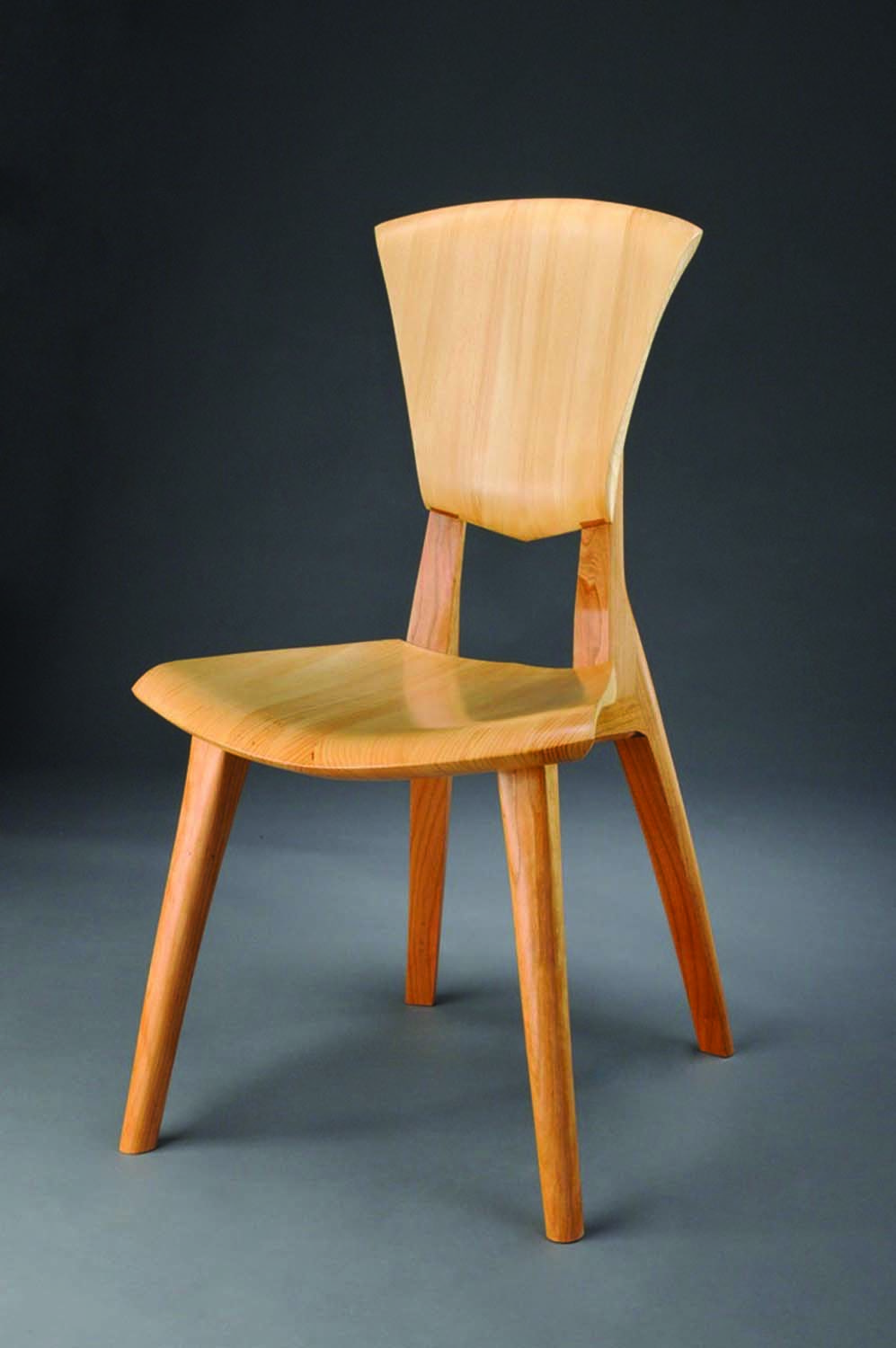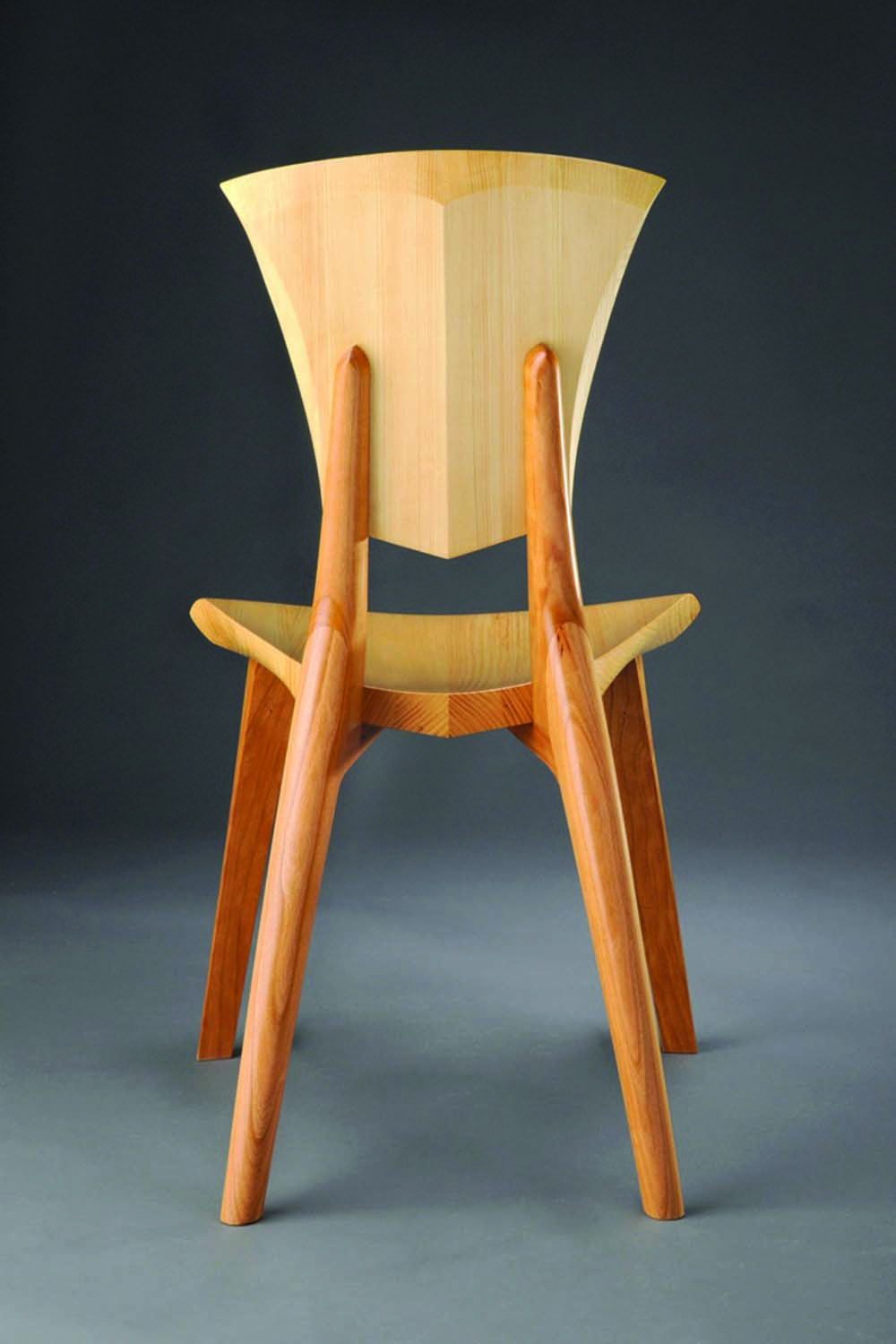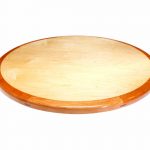We may receive a commission when you use our affiliate links. However, this does not impact our recommendations.

I have taught a number of classes on designing chairs and it’s always interesting to watch students’ creative processes. I like to keep my classes as fresh as I can for my own benefit if not for the students’, so I plan each class a bit differently. Still, every design class seems to run into the same wall. This wall appears in the form of the question: “How do we come up with good design ideas?”
While there are guidelines for evaluating a design, the process for generating a new design idea seems more evasive. What is a new idea anyway? How do you make it appear?
As I watch students struggle to give birth to original forms for beautiful and comfortable chairs, I often see the struggle to create something original getting in the way of great ideas. While I don’t design chairs without a lot of effort, there is a conflict between thinking hard to solve a problem and being genuinely creative. It is this creativity element that seems difficult to “put to work” when faced with a challenge of designing something new or “original.”
 Designing something light, strong and still comfortable will challenge even fairly advanced furniture makers. For me, answers to these challenges seem to emerge in the process of sketching, but not so much as a result of the lines I lay down on paper. Ideas seem to take form best when my thoughts allow them to – not because I “think of them.”
Designing something light, strong and still comfortable will challenge even fairly advanced furniture makers. For me, answers to these challenges seem to emerge in the process of sketching, but not so much as a result of the lines I lay down on paper. Ideas seem to take form best when my thoughts allow them to – not because I “think of them.”
I initially get a little activity or tingle that takes shape after thinking about what need I am wanting to meet with a new piece. As my vocabulary of joinery advances, my range of creativity expands as well because any incoming design has more forms it can take. Increasingly, I am getting ideas for designs constructed unlike any traditional furniture. My Guitar and Lily chairs are examples (the Lily chair is shown above).
While these designs did take their form on my bench, I see my role as more that of a midwife assisting a birth than as an architect “designing” a structure. The creative process flows best when my thoughts retreat to give it space and allow me to facilitate its arrival without deforming it with ego. Like in the birthing process, the baby is not the achievement of the midwife; it’s just a baby arriving.
The more I learn about how to shape, join and finish wood, the greater my ability to facilitate these design arrivals without having to deform them to fit my limited repertoire of options. Good design development is an amazing process to experience when it is genuine, and the results are enjoyed by everyone who encounters them. My signature on the bottom just means I facilitated its arrival.
Still, the term “original” does have a place. For me, “original design” refers to a craftsperson tapping into the original source of creativity – not taking credit for being the source of the creativity.
What is important in this distinction is the recognition that good ideas and creativity come through us, not from us. We are not going to think up something brilliant. At best, we let it happen by being present and available to it. That’s a much lighter experience than trying to force it, and it’s a whole lot of fun. PWM
Brian made his first chair in 1983. Today he’s considered one of the top chairmakers in the United States.
Here are some supplies and tools we find essential in our everyday work around the shop. We may receive a commission from sales referred by our links; however, we have carefully selected these products for their usefulness and quality.









